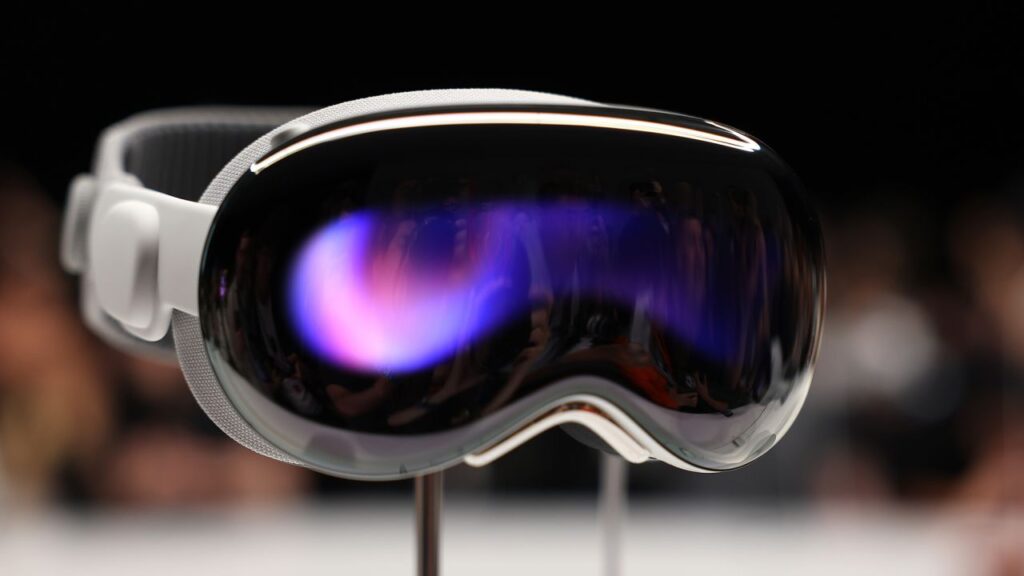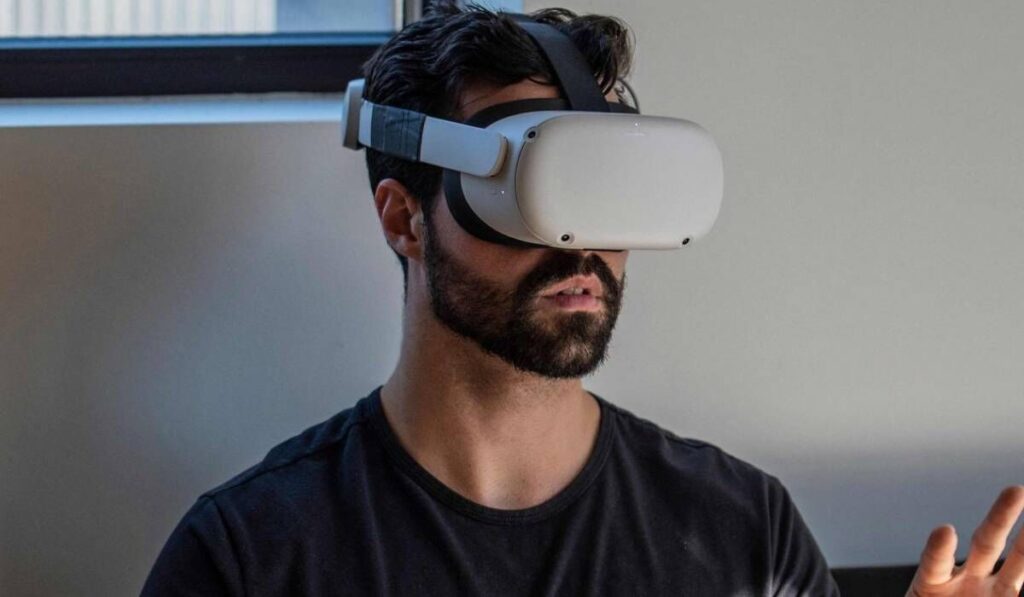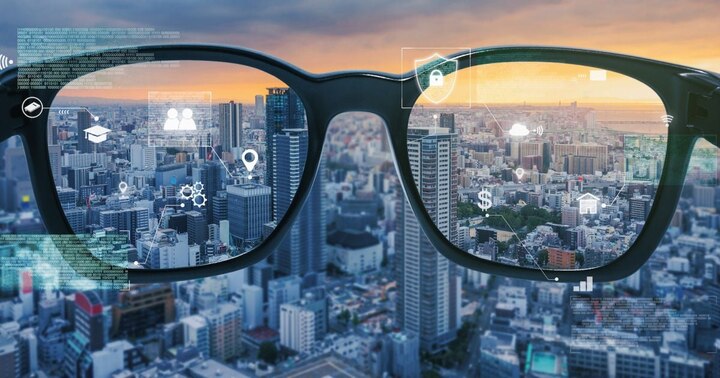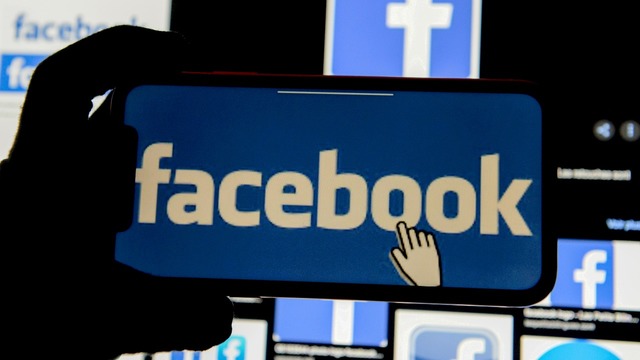Apple’s Challenge for the Next Vision Pro: Making It Easier to Wear
In a recent report by Bloomberg’s Mark Gurman, it has been revealed that Apple is diligently working on enhancing the wearability of its upcoming Vision Pro headset.

The current iteration of the Vision Pro, a mixed-reality headset combining augmented reality (AR) and virtual reality (VR), has received acclaim for its performance and features. However, a significant concern arises due to its perceived bulkiness and discomfort during prolonged usage.
Gurman’s report indicates that Apple is addressing these concerns through a focus on a “smaller and lighter design” for the next Vision Pro. The current model, weighing approximately a pound, has been deemed too heavy for some users even in short durations. While an over-the-head strap is considered for the initial model, the long-term solution rests in making the hardware itself lighter, possibly incorporating lighter materials. The anticipated launch for this improved headset is speculated to be next year.
One of the prominent issues faced by users of the current Vision Pro is its lack of accommodation for prescription eyeglasses. Apple’s attempt to address this by partnering with Zeiss for special lenses has posed challenges in dealing with various combinations of these lenses. As a potential solution, Apple is reportedly contemplating manufacturing headsets with prescription lenses pre-installed in the factory.
However, this solution is not without its complications. Gurman highlights concerns that Apple might be perceived as a healthcare provider, a role the tech giant may not want to assume. Additionally, the inclusion of built-in prescription lenses may limit the sharing or resale of headsets, and with people’s vision prescriptions changing over time, this approach might not be universally effective in the long run.
Also Read: Japan to Propose Rules for Generative AI to G7 Leaders: Yomiuri
Apple’s commitment to improving the wearability of the Vision Pro signals a strategic move towards making mixed reality a mainstream computing platform. If Apple can successfully create a headset that is comfortable for extended use, it could revolutionize the landscape of AR and VR applications, ushering in a new era of immersive and user-friendly experiences. As technology enthusiasts eagerly await the release, Apple’s pursuit of comfort in the next Vision Pro may indeed mark a significant milestone in the evolution of mixed reality devices.

I am a law graduate from NLU Lucknow. I have a flair for creative writing and hence in my free time work as a freelance content writer.




